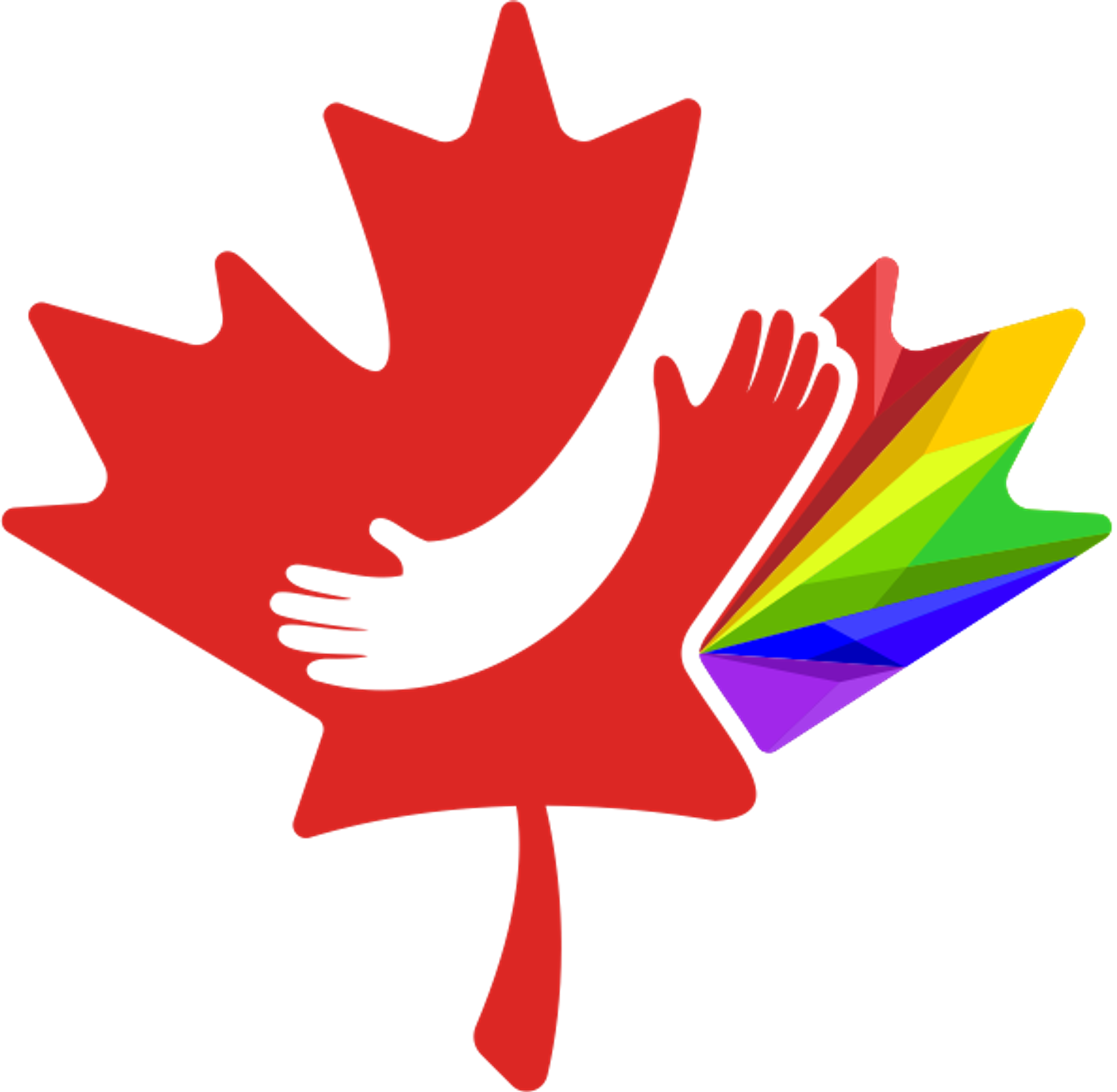KEY POINTS
- Traditionally, people have assumed that lesbians tend to be more masculine or androgynous.
- Femme lesbians often feel invisible, with others treating their sexuality as inauthentic.
- Sexual minority women who are femme, androgynous or butch do not differ in their levels of outness.
- Many sexual minority women describe their gender style as challenging the norms of their culture or society.
What does it mean to “look like a lesbian?” Commentaries on the extent to which a woman ‘looks’ like a lesbian can have drastically different meanings based on context, but rarely does the comment come as a compliment. Telling a masculine woman or tomboy girl they ‘look like a lesbian’ is used as a slur to connote ugliness or a lack of femininity. Feminine lesbians, on the other hand, face a barrage of accusations that they can’t really be gay because they do not look like a lesbian. In some cases, feminine lesbians are even told by loved ones that they are too pretty to be a lesbian. Within the queer community, feminine lesbians have their appearance questioned and used as evidence that their sexuality is inauthentic or a passing curiosity.
For such commentary to be so prevalent, there must be a shared societal image of what a lesbian “looks like.” Indeed, the ‘lesbian aesthetic’ has been written about before; there is even an entire book devoted to the history of lesbian hair. Stereotypes hold that lesbians have short hair — with some exceptions, such as the asymmetrical bob and the requisite “softball dyke” ponytail. Indeed, much has been read into the choices of lesbians who defy the stereotypical masculine lesbian aesthetic, suggesting that the only reason a lesbian would have long hair would be so she could continue to easily ‘pass’ as straight. However, research has failed to find meaningful differences in outness between lesbians who self-identify as femme, butch or androgynous.
But self-identification by checking a little box on a survey is not quite the same as describing one’s aesthetic. Is it possible that the way a lesbian expresses her identity through her stylistic choices (e.g., hair, clothing, mannerisms, accessories) may be related to how ‘out’ she is about her sexual identity?
New Research Explores Sexual Minority Women's Gender Styles
To explore this question, a recent study that my colleagues and I published in the Women’s Studies International Forum used a more nuanced measure of identity. We asked 175 sexual minority women to describe their gender style using an adapted version of van Anders’ Sexual Configuration Theory (SCT) diagrams. These diagrams provide participants with much more than a list of checkboxes to describe their identity — instead, they provide a nuanced visualization of concepts related to gender and sex.
You can learn more about SCT here, and theory here, but suffice to say, in this current study, the participants were asked to use these diagrams to describe their gender in terms of how masculine and feminine they styled themselves. More than just a flat line running from 100% masculine to 100% feminine, participants could indicate whether they felt their gender style challenged the norms of their culture while also indicating to what degree their gender style mapped onto a binary understanding of gender expression. For example, placing a dot closer to the center of the diagram indicated less association with a binary expression of gender.
A More Feminine Lesbian Aesthetic?
The image below shows the overall gender aesthetic for the entire sample using a heatmap that layers the responses of all 175 participants on top of each other. The red areas represent parts of the diagram where more participants placed their gender style.
As you can see, the sample from this study of sexual minority women leans more towards the feminine side of the diagram, but also covers a large area of the ‘challenge’ zone and extends well into the “non-binary” area of the diagram, moving towards the center of the concentric circles. While the research needs to be replicated with additional samples, the findings suggest that there is far more to today’s modern ‘lesbian aesthetic’ than buzz cuts and plaid.

Gender Style and Outness
To understand how gender expression may (or may not) be associated with outness, we looked at the question from two angles. First, we replicated past research by exploring mean scores on measures of outness across identity groups: butch, androgynous, and femme. Within these self-identified categories, we found no significant differences — meaning that a butch lesbian was no more likely to be “out” than a femme lesbian.
Going beyond past research, the authors looked at the participants’ SCT gender-style diagrams. To explore how gender expression and style may vary by levels of outness, two heatmaps were created: one representing participants with high outness scores and one representing participants with lower outness scores (split based on the median score of the sample). You can see the heatmaps in the image below.
When looking at the two images, the responses from those who were more out seem to more clearly be concentrated within the 'challenge' section of the diagram. Recall that the ‘challenge’ area of the SCT diagram is used to reflect an identity that challenges societal or cultural norms, perhaps indicating here that people who are more out about their sexual identity are more willing to express that through stylistic choices. However, those stylistic choices do not appear to be universally masculine, as past understandings of the lesbian aesthetic may have predicted.
In other words, if butch lesbians were more likely to be out about their sexuality than femme lesbians, you would expect the high outness diagram to show a high concentration of markings on the masculine side of the diagram, while the low outness diagram would show the opposite. The high outness diagram does show more movement into the masculine area, but not to such extent that one could or should assume that butch = out and femme = closeted.
For the group of participants who were somewhat less out about their sexual identities, the heatmap representing their collective gender style is much more varied, and parts of it more clearly align to the ‘outer’ ring on the feminine side, representing a more binary invocation of gender. The authors suggest that what can be seen between these two groups is the distinction between feminine and femme, where the former is perhaps a more essentialized form of femininity (think: “I am woman, therefore feminine) and the latter is a self-actualized, chosen form of femininity that consciously subverts societal expectations concerning gender, gender expression, and sexuality (i.e., Femme Identity; see Femme Theory).
Despite the 'feminine' lean to the overall sample, the study did still have participants who identified as androgynous and butch, in addition to those identifying as femme, indicating that all three gender styles and identities remain prevalent among sexual minority women. Indeed, perhaps the only thing 'new' about today's lesbian aesthetic is that we are slowly becoming less likely to deny the possibility that femmes exist and possess sexual identities that are equally authentic to those of the strong butch women that have traditionally been the face of the 'lesbian aesthetic.'

References
Gunn, A., Hoskin, R. A., & Blair, K. L. (2021). The new lesbian aesthetic? Exploring gender style among femme, butch and androgynous sexual minority women. Women's Studies International Forum (Vol. 88, p. 102504). Pergamon.
Beischel, W. J., Schudson, Z. C., & van Anders, S. M. (2021a). Visualizing gender/sex diversity via sexual configurations theory. Psychology of Sexual Orientation and Gender Diversity 8(1), 1-13. Doi: 10.1037/sgd0000449
Blair, K., & Hoskin, R. A. (2015). Experiences of femme identity: Coming out, invisibility, and femmephobia. Psychology & Sexuality, 6(3), 229-244. doi: 10.1080/19419899.2014.921860
Blair, K., & Hoskin, R. A. (2016). Contemporary understandings of femme identities and related experiences of discrimination. Psychology & Sexuality, 7(2), 101-115. doi: 10.1080/19419899.2015.1053824
Clarke, V. (2013). Introducing lesbian, gay and bisexual appearance psychology. Psychology & Sexuality, 4(1), 1-6. doi: 10.1080/19419899.2013.748241
Clarke, V., Hayfield, N., & Huxley, C. (2012). Lesbian, gay, bisexual and trans appearance and embodiment: A critical review of the psychological literature. Psychology of Sexualities Review, 3(1), 51-70.
Hoskin, R. A. (2017). Femme theory: Refocusing the intersectional lens. Atlantis, 38(1), 95-109.
Hoskin, R.A. (2021). Can femme be theory? Exploring the epistemological and methodological possibilities of femme. Journal of Lesbian studies, 25(1), 1-17 .
Huxley, C., Clarke, V., & Halliwell, E. (2014). Resisting and conforming to the ‘lesbian look’: The importance of appearance norms for lesbian and bisexual women. Journal of Community & Applied Social Psychology, 24, 205-219. doi: 10.1002/casp.2161


